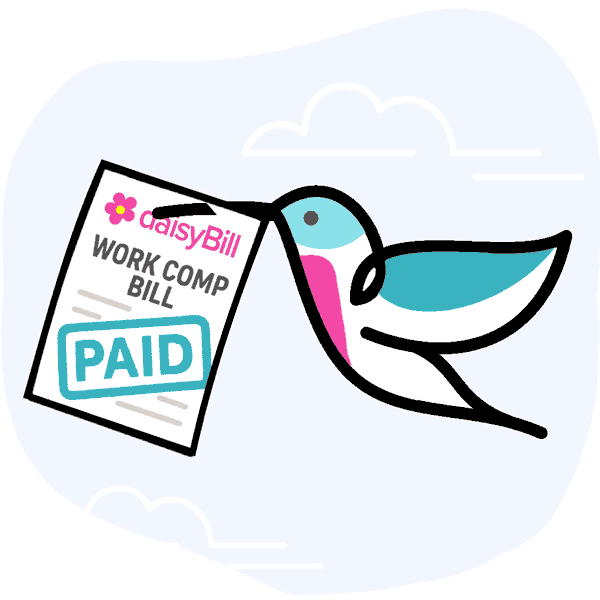e-Billing Gets CA Practice Paid in <5 Days on Average

In less than two weeks, electronic billing (e-billing) transformed the billing and revenue management of a California Occupational Medicine group.
The practice bills a range of payers—including insurers, Third-Party Administrators (TPAs), and the federal Department of Labor (DOL). As of this writing, those payers are reimbursing the practice in an average of just 4.9 days.
That’s right—these doctors are getting their workers’ comp bills paid faster than it takes to do their dry cleaning.
What made the difference? daisyBill’s technology is built for workers' compensation billing.
For its workers’ comp bills, this practice replaced its group health and Medicare-compatible Revenue Cycle Management (RCM) software with daisyBill’s purpose-built e-billing platform, designed specifically for the complexities of workers’ comp billing.
daisyBill works, and the payment data prove it.
daisyBill: e-Billing Opens Revenue Floodgates
The screenshot above from daisyBill’s billing software shows workers’ comp bills the practice submitted from May 28, 2025, through June 10, 2025. The data reveal the dramatic advantage workers’ comp-specific billing software delivers.
Across 134 bills:
- The fastest payer was TPA Gallagher Bassett, averaging just 3.7 days to issue reimbursement.
- The slowest payer was the Department of Labor (DOL), taking an average of 6.9 days.
The average days-to-payment for all of our 7,000+ provider clients collectively is currently 9.1.
Rapid Payment Speed: How Is This Possible?
So, how do our clients get paid so quickly? It all comes down to two proprietary technologies we spent the last decade-plus building:
- Direct electronic connections to each of the clearinghouses that payors use to accept providers’ e-bills
- An always-current back-end database of the Payer ID numbers that clearinghouses assign to each payor.
Providers who attempt to e-bill through their group health/Medicare RCM or by submitting all their bills to a single clearinghouse tend to receive poor results. That’s because different claims administrators use different clearinghouses.
If you submit your bill (and supporting documents) to the wrong clearinghouse, it will have to travel a convoluted route to reach the right clearinghouse. Along the way, e-bills and documents can also be easily lost, delaying reimbursement.
See below for an illustration of our network of e-billing routes to each clearinghouse (and to the payers that don’t use a clearinghouse, CorVel, and the DOL).
daisyBill gets your practice paid fast (and more accurately). See how easy we make workers’ comp by clicking below:
TAKE A LOOK: DAISYBILL
DaisyBill provides content as an insightful service to its readers and clients. It does not offer legal advice and cannot guarantee the accuracy or suitability of its content for a particular purpose.





.png)
.gif)